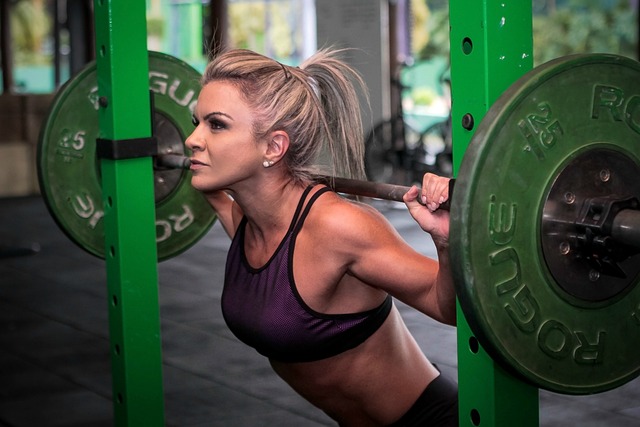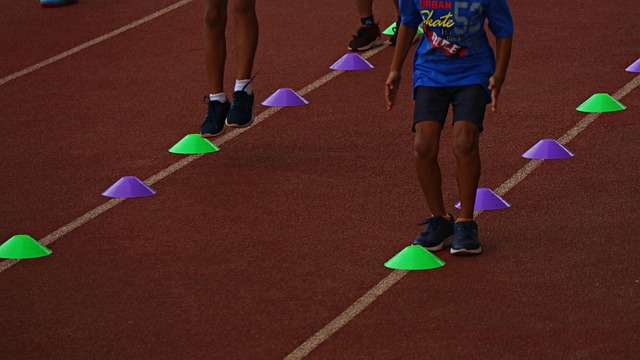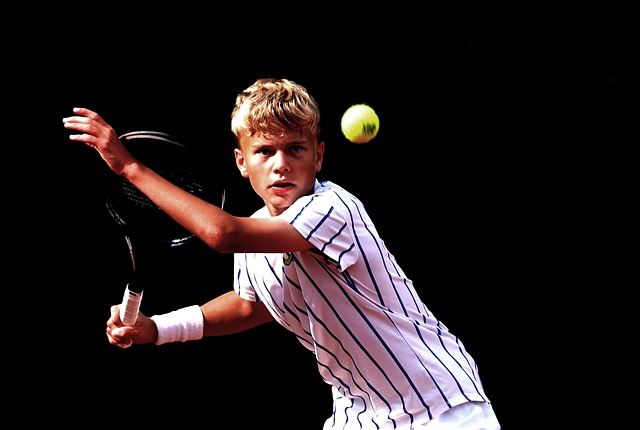Skill-related fitness components are power, agility, balance, coordination (hand-eye and foot-eye), reaction time, and speed. Consider the six skill-related fitness components if you already satisfy the ACSM criteria and want to do more to prepare for a specific fitness-related goal.
Increasing your general fitness can benefit you regardless of the sport or other activity you participate in. But, when it comes to performance, the most significant gains come from training that focuses on developing abilities unique to your chosen activity.
Tennis, for example, requires cardiovascular endurance as well as suppleness. Yet to become effective in tennis, you must work on skill fitness components like agility, power, speed, and hand-eye coordination. This emphasis on activity-related skills distinguishes two main areas of fitness development.
Enhancing Performance vs. Becoming Fit
The health-related aspects of fitness are vital for everyone, regardless of whether they want to compete or execute a physical activity at an optimum level.
They are as follows:
- Body structure
- Endurance cardiovascular
- Flexibility
- Muscular stamina
- Muscular power
Improving your cardiovascular endurance lowers your risk of heart disease. When you increase your flexibility, you maintain a healthy range of motion, which enhances your ability to conduct daily activities such as picking things up off the floor or extending to reach objects on high shelves.
Components of Skill-Related Fitness
Baseball players must focus on all skill-related areas to succeed at the top levels. On the other hand, weightlifters may get away with concentrating most of their work on power, balance, and strength.
Adjust your workout regimen to incorporate exercises targeted to improve the skill-related components of fitness if you wish to develop your fitness level beyond the fundamental health requirements.
Power
Power is a combination of strength and power. In essence, it refers to how quickly you can generate maximum force. “Power athletes” in sports use brute strength in brief, all-out bursts of strength, such as Olympic weightlifters, football players, and gymnasts.

Athletes in other sports, such as basketball, volleyball, and tennis, might benefit from increased power as well. Jumping for a rebound demands leg strength, whereas spiking a volleyball with force takes both upper- and lower-body power.
Increase your power by mixing resistance and speed with fast-paced strength-training routines, such as
- Plyometric box jumps.
- Sprinting while pushing a weighted sled
- Jerk and clean lifts
- Swinging kettlebells
Speed
When you think about speed, you may envision an event such as the 100-meter sprint. But, by definition, speed is relative. A top 100-meter sprinter must be extremely quick for roughly 10 seconds.
A marathon runner, on the other hand, who wants to improve their speed to record a new personal best, may seek to cut their per-mile race time from 10 minutes per mile to 9.5 minutes per mile—a tempo they would have to maintain for a little more than four hours.
These two fictitious athletes practice differently but with the same aim in mind: to get faster for their respective sports. As a result, speed training will vary depending on the sport. HIIT, High-intensity interval training, is one of the most effective strategies to increase speed in any sport.
This training entails working at full or near-full effort for predetermined periods of time, followed by rest periods.
It repeatedly tests your aerobic and anaerobic systems, conditioning your muscles, heart, and lungs to function at increasing levels of effort.
Depending on your sport, the length and intensity of your intervals will be longer or shorter, less hard, or more challenging.
Runners can try these HIIT speed drills:
For marathon preparation: Mile repeats are a type of interval training in which the runner runs as fast as they can for a full mile before resting and repeating.
For sprint training: Concentrate on shorter intervals. A sprinter would be better suited executing shorter, more intense intervals ranging in duration from 40 to 400 meters, running all-out and then resting before repeating.
These same principles apply if you want to improve your swimming, cycling, or even sports like soccer and basketball. Interval training that includes periods of high-intensity exercise appropriate to your sport can help you improve your speed.
Agility
The capacity to move fast and change direction is referred to as agility. Basketball players, for example, are extremely nimble. They must react quickly to the movement of the ball and other players by jumping, sliding, twisting, and backpedaling in all directions. Their body must be trained to react and shift direction at the drop of a hat.
Common agility drills include exercises that improve foot speed and direction change, such as:
- Drills with ladders: Employ an agility ladder to develop precise foot placement.
- Cone drills: Arrange cones in a star shape or a shape of a “T,” then sprint, slide, backpedal, or change direction as you approach each cone.

Coordination
Several sports and activities, including soccer, golf, badminton, archery, basketball, football, racquetball, softball, ultimate Frisbee, and others, necessitate excellent hand-eye (or foot-eye) coordination. To fulfill a preset target, you must be able to see an external item and respond precisely with your hands and/or feet.
Consider catching a fly ball, striking a golf ball off the tee, or blocking a shot in hockey or soccer.
Try the following exercises to improve your coordination.
- Catching a ball
- Rope jumping
- Juggling
- Ball dribbling
- Objects are thrown toward designated targets.
Balance
Gymnasts, yogis, skaters, and surfers all require highly tuned balancing skills to engage in their respective sports. Yet these aren’t the only athletes who benefit from balance training.
The ability to modify your body position in order to remain upright is referred to as balance. It is concerned with proprioception, or knowing where your body is in space, and the ability to adapt your position as your center of gravity shifts during movement.
There are few sports in which balance is not crucial, and there are many activities in which balance is required for improved performance and safety. Balance training, for example, can help prevent trail runners from rolling an ankle or falling after tripping over road debris.
Try these exercises to improve your balance:
- One foot on the ground
- Poses for standing yoga
- Workouts with a BOSU ball
- Squats, lunges, and
- push-ups using balance discs.
Response Time
The ability to respond swiftly to an external stimulus is referred to as reaction time. Consider a tennis match for a moment: After the ball comes off their opponent’s racquet, the greatest competitors race toward the place where they believe the ball to bounce.
Your reaction time is significantly dependent on your mind-body link. Your eyes detect a signal, your mind interprets it, and your body responds in accordance with that interpretation.

Much of this mind-body connection is related to a prior understanding of the sport or activity. A professional tennis player can interpret and predict the movement of a ball nearly quickly. This information enables them to respond to the stimulus more rapidly (and accurately).
A rookie tennis player, on the other hand, may see the ball coming at them but will not be able to understand what they’re seeing as quickly, leading their reaction time to slow. Reaction-time training is often sport-specific.
However, the following activities can help:
- Catching a ball (softball, baseball)
- Defending the goal while other players try to score (soccer, hockey, lacrosse)
- Instruments like lopsided reaction balls
- Table tennis or hacky sacking
To Conclude
If you are new to exercise or returning to exercise after a period of inactivity, start with the health-related components of fitness. Your daily life will improve as you enhance your muscular strength and endurance, cardiovascular fitness, and flexibility. You may also lose weight while gaining muscle, improving your body composition.
Once you’ve established a good fitness base, you should explore training to enhance performance-related factors. You may increase your ability to perform and compete in your chosen sport by focusing on the six skill-related fitness components. If you’re not sure where to start, consult with a certified coach or personal trainer.
